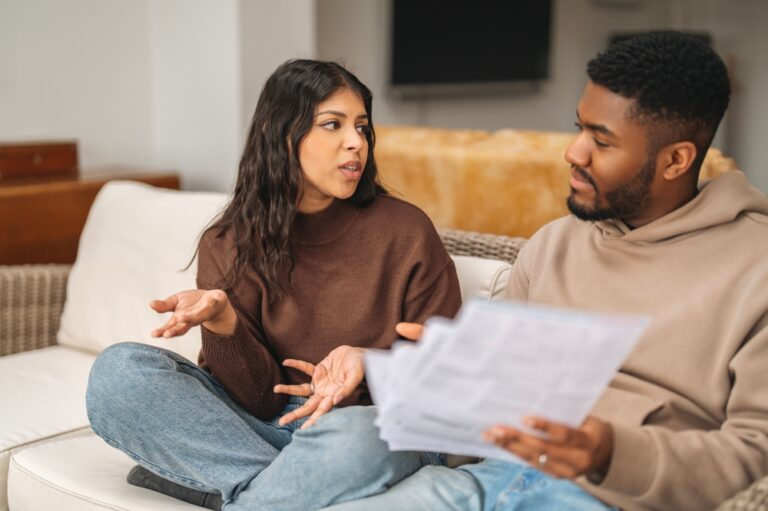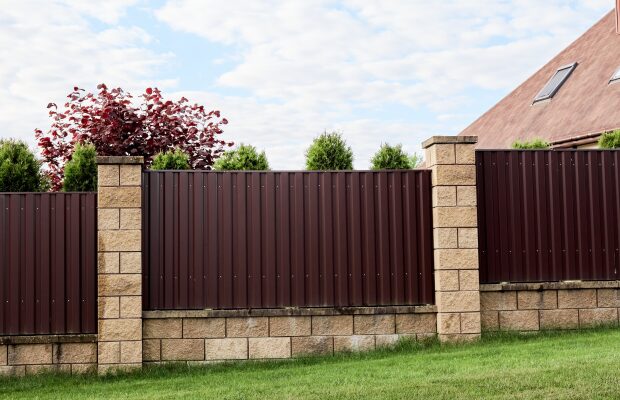If you’re thinking of purchasing your first home, the financial side of doing so can seem extremely daunting.
Deposits, mortgages and other moving costs can seem like huge sums of money – and they usually are!
But by doing your research and starting to understand how the financial side of buying a home works, you’ll soon be able to ease any concerns or fears you may have.
One of the biggest sums of money you’ll need when buying a property is your deposit.
So, let’s look at all the options available to you when it comes to mortgages and the amount of deposit you’ll need…
First-time buyer deposit: What you’ll need to buy your first home
In most cases you’ll need to have at least 10% of a property’s purchase price as a deposit.
So, if you’re buying a flat for £200,000, you’ll need £20,000 as a deposit on that property.
Traditionally, there have also been lenders willing to offer mortgages on 95% of a property’s purchase price, meaning a 5% deposit and, in the case of that £200,000 flat, a £10,000 commitment from you.
But since the coronavirus pandemic and the economic uncertainty it has created, 95% mortgages are extremely hard to come by.
Indeed, some lenders have also removed their 90% mortgage products from the market in recent months, so the best thing to do in the current climate is seek independent financial advice and speak to a mortgage broker about your options.
The average first-time buyer deposit in the UK
Prior to the coronavirus pandemic, research from Halifax in January estimated that the average first-time buyer deposit in the UK was a huge £46,000.
The average purchase price for a first-timer at that point, meanwhile, was around the UK national average house price at £231,000.
First-time buyer mortgages with no deposit
While it’s now basically impossible to get a 100% mortgage, it is still possible to buy a home with no deposit.
However, the only way to do this is through a guarantor mortgage.
If you’ve rented a property before, or are currently, you may have done so with a guarantor in place.
A guarantor is someone who will step in to pay your rent, or in this case, mortgage if you’re unable to do so.
Often, it’s parents who end up as guarantors on these kinds of mortgages and you should always be mindful of the commitment being made by a guarantor before taking out this kind of mortgage.
While it could enable you to get a foot on the property ladder with little or no deposit, if you are unable to make your repayments, the responsibility would fall on your guarantor.
And if they were then unable to meet repayments, their own home could be at risk of repossession.
Your deposit and the best mortgage deals for first-time buyers
In order to access mortgages with more attractive rates, you’ll need to save more than the standard 10% deposit.
Put simply, the smaller your deposit, the higher the interest rate on your mortgage and the more you’ll pay.
If you can save a 15% or 20% deposit, you’ll access those better rates, meaning your monthly repayments should be lower and you’ll own a larger stake in your property.
Owning a bigger stake in your property can help you avoid negative equity, which is when the value of your property drops below the mortgage secured on it.
Types of mortgages available for first-time buyers
When looking at the various mortgages available for first-time buyers, you’ll come across terms like ‘fixed rate’, ‘tracker’ and ‘standard variable rate’.
These refer to the different types of mortgage product available to you as a first-time buyer, but they can be confusing, so here’s what each one means:
Fixed rate
This type of mortgage is the most common. You pay a fixed interest rate on your mortgage for a set period of time, usually between two and five years.
This means you know exactly what you’ll pay each month and this can help with security and budgeting.
Once your fixed rate term is up, you’ll move on to your lender’s Standard Variable Rate (SVR), which is usually higher than your previous fixed rate and can be changed at any time.
Standard Variable Rate (SVR)
A lender’s SVR is the rate most people move on to when their initial fixed term expires. Your lender’s basic rate of interest, it can change at any time.
Tracker mortgages
Although they don’t come with the security of a fixed rate mortgage, tracker mortgages can be good if there is a fall in interest rates – but not so good if rates rise.
Because they follow the Bank of England base rate of interest, usually at a percentage above or below that rate, trackers mean your monthly payments can go up or down depending on that BOE base rate.
With UK interest rates at an all-time low currently, the only way for them to go is up, so that will almost certainly rule out a tracker mortgage for the time being.
Discount rate mortgages
These, like tracker mortgages, are subject to change, so you don’t get the security of a fixed interest rate, but you will probably benefit if interest rates fall.
Discount rate mortgages are usually at an interest rate deducted from a lender’s SVR, so if that SVR is at 4.5% and you’re on a 1% discount rate, you’ll pay 3.5% in interest.
If the lender’s SVR falls to 4% in line with a fall in UK interest rates, you’d pay 3%.
Help available to first-time buyers struggling with their deposit
Saving a deposit is the toughest part of getting on the property ladder.
And as property prices rise, the amount of deposit required to buy one rises, too.
If you’re struggling to save that standard deposit figure of 10%, you could consider the government’s Help to Buy scheme.
Help to Buy is only available on new build properties, but the government will lend you 20% of the property’s value, with you providing a 5% deposit.
The loan is interest free for five years and can be ‘staircased’ in 10% blocks, meaning you get to own a bigger share of your home over time.
However, the loan is based on 20% of your property’s value, so if you come to sell and that value has gone up, you’ll pay back more than the loan’s original value.
Equally, if your property drops in price, you’ll pay back less.
Help to Buy is available for first-time buyers until March 2023, when the scheme will end completely.
Other first-time buyer schemes available include:
- The lifetime ISA – The government will add 25% to your savings up to a maximum of £1,000 per year, meaning you could save a deposit faster
- Shared Ownership – You co-own a property with a housing association, paying a mortgage on the share you own and a rent payment to the housing association for the share you don’t. Because you’re borrowing less as a mortgage, you’ll need a much smaller deposit
Further reading
If you feel ready to take the next step and start seriously considering buying your first home, take a look at our piece on the most important questions to ask when doing so.
There are also a whole host of do’s and don’ts when it comes to buying property, which we’ve outlined here.







